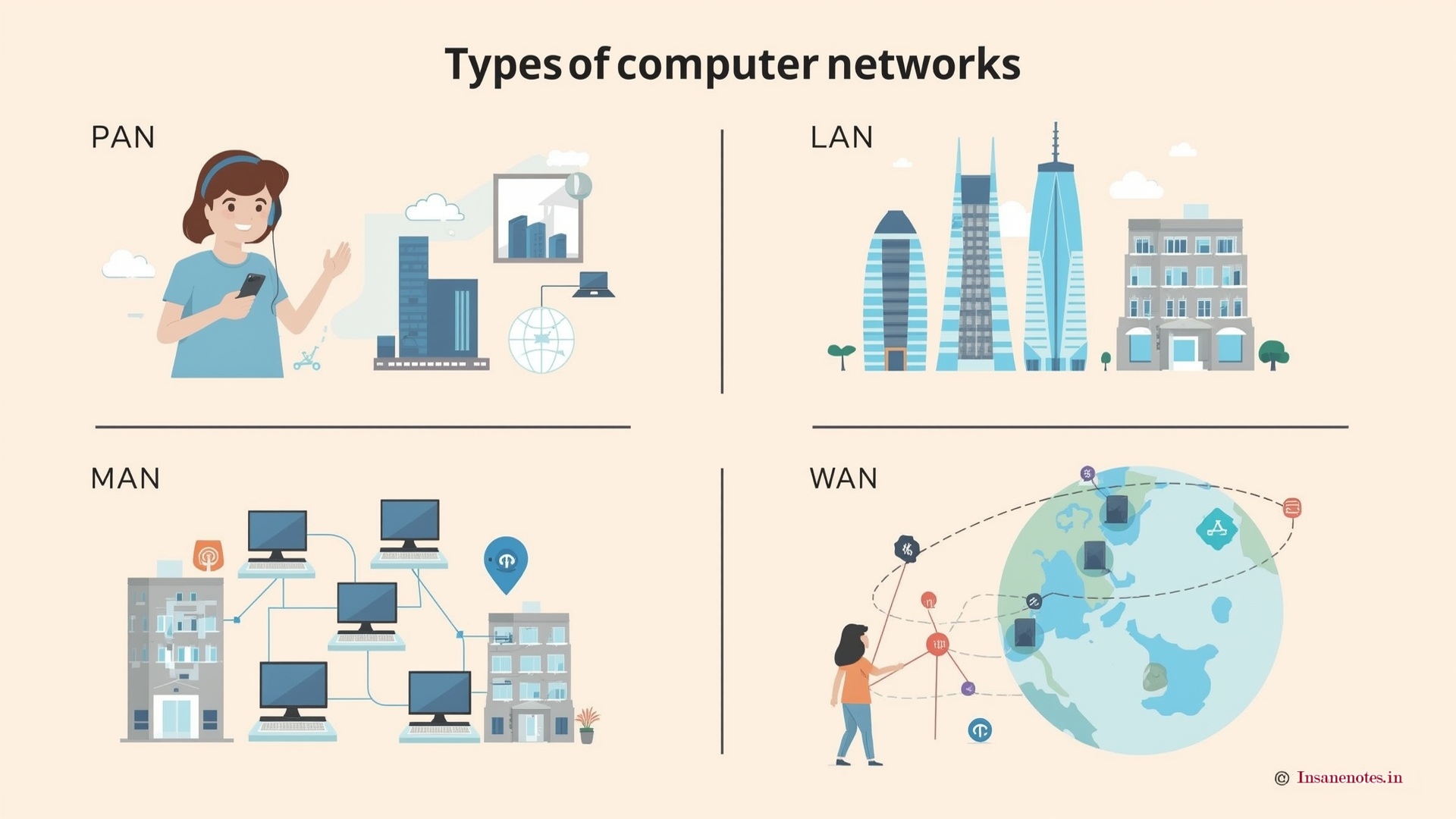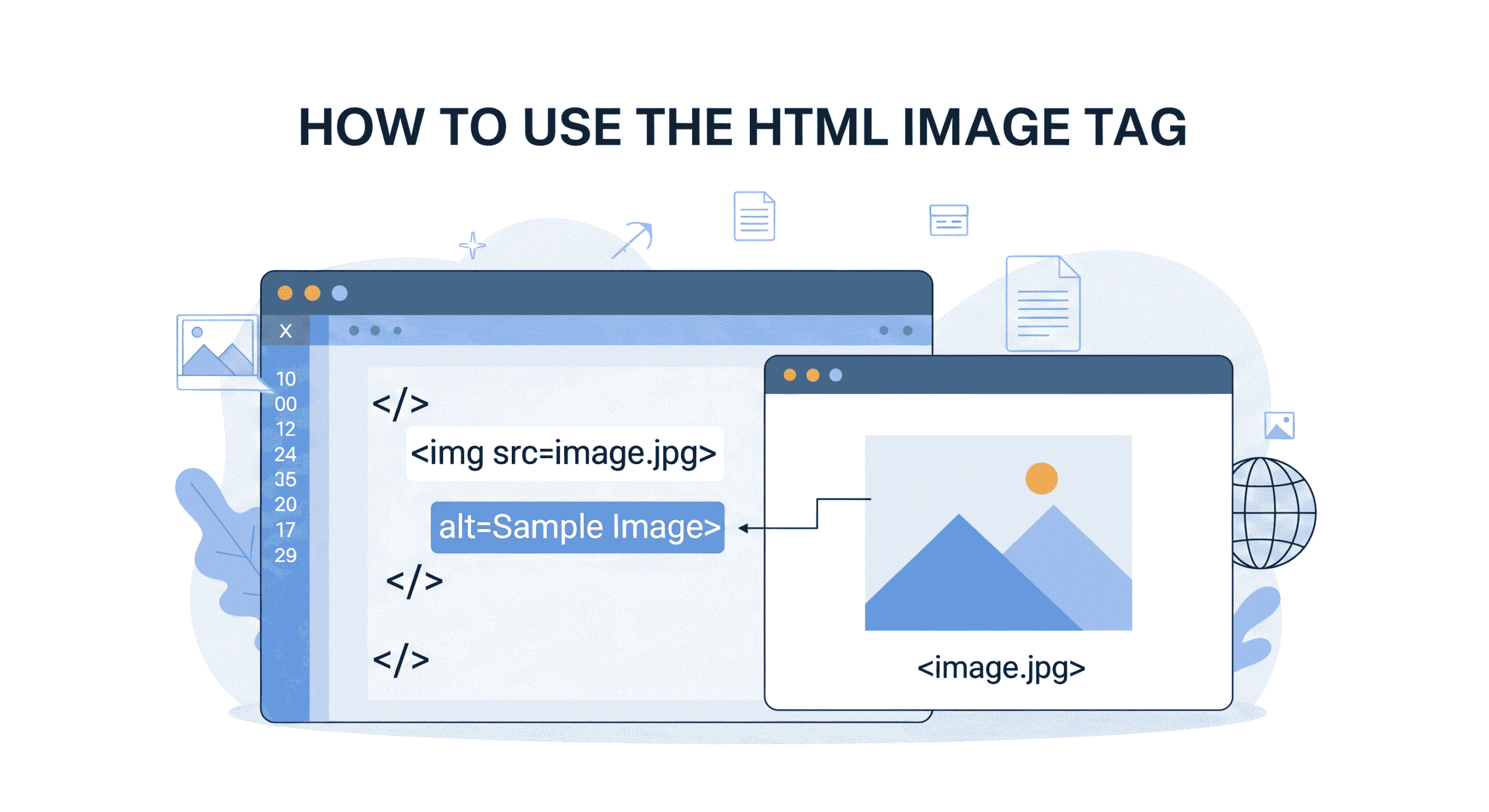- 1 Python vs JavaScript in 2025: Which Language Should Beginners Learn for AI Web Development & More?
- 2 Introduction to Python & JavaScript
- 3 Syntax & Learning Curve Comparison
- 4 Use in Web Development
- 5 Use in Artificial Intelligence & Machine Learning
- 6 Use in Data Science
- 7 Use in Mobile App Development
- 8 Library Ecosystem & Community Support
- 9 Career Scope & Job Opportunities in 2025
- 10 Future Trends & Industry Adoption
- 11 Which Language is Better for Which Purpose?
- 12 Final Verdict: Choosing Your First Language
Python vs JavaScript in 2025: Which Language Should Beginners Learn for AI Web Development & More?
The tech world evolves rapidly, and programming languages are no exception. By 2025, Python and JavaScript will continue dominating different corners of the industry, but their roles are shifting. If you’re a beginner, picking the right language now Python vs JavaScript in 2025: Which Language Should Beginners Learn for AI Web Development & More? Can have a lasting impact on your professional journey. Let’s dive into an exhaustive,
Introduction to Python & JavaScript
What is Python?
Python’s journey began in 1991 as a hobby project by Guido van Rossum. Today, it’s a global powerhouse used by NASA, Google, and Netflix. Its design philosophy emphasizes readability and simplicity, making it the #1 choice for beginners.
Key Features:
- Dynamically Typed: No need to declare variable types.
- Interpreted Language: Executes code line-by-line, ideal for debugging.
- Cross-Platform: Runs on Windows, macOS, Linux, and even Raspberry Pi.
Historical Milestones:
- 2000: Python 2.0 released with garbage collection.
- 2008: Python 3.0 introduced backward-incompatible improvements.
- 2020s: Surge in AI/ML adoption solidifies Python’s dominance.
What is JavaScript?
JavaScript was born in 1995 as a “toy language” to make websites interactive. Today, it’s the backbone of modern web development, with frameworks like React and Node.js powering giants like Facebook and Uber.
Key Features:
- Event-Driven: Handles user interactions like clicks and form submissions.
- Single-Threaded: Uses asynchronous programming for non-blocking operations.
- Universal Compatibility: Runs on browsers, servers, and IoT devices.
Historical Milestones:
- 2009: Node.js brought JavaScript to backend development.
- 2015: ES6 (ECMAScript 2015) added modern syntax (classes, promises).
- 2020s: Expansion into mobile (React Native) and AR/VR (Three.js).
Syntax & Learning Curve Comparison
Python: The Beginner’s Best Friend
Python’s syntax is often compared to writing English. Here’s why:
Example: Looping Through a List
python

- No Semicolons: Line breaks define code blocks.
- Readable Keywords:
if,else,whileare intuitive.
Common Beginner Mistakes:
- Incorrect Indentation: Mixing tabs and spaces causes errors.
- Dynamic Typing Pitfalls: Variables can unexpectedly change types.
JavaScript: Quirky but Powerful
JavaScript’s C-style syntax provides flexibility but comes with some challenging quirks.
Example: Looping Through an Array
javascript

- Braces and Semicolons: Required for code blocks.
- Hoisting: Variables can be used before declaration (often confusing).
Common Beginner Mistakes:
==compares two values for equality after converting their types if necessary (type coercion), whereas===compares both the value and the type without any conversion, requiring an exact match.- Callback Hell happens when multiple callbacks are nested inside each other, making the code difficult to read and maintain. This problem is often solved by using Promises or async/await syntax, which help write cleaner and more manageable asynchronous code.
Learning Resources Compared
| Resource Type | Python | JavaScript |
|---|---|---|
| Free Courses | Codecademy, Coursera | freeCodeCamp, MDN Web Docs |
| Books | Automate the Boring Stuff | Eloquent JavaScript |
| Practice | LeetCode, HackerRank | Codewars, Frontend Mentor |
Use in Web Development
Frontend Development: JavaScript’s Kingdom
JavaScript is unavoidable for frontend development. Here’s why:
Popular Frameworks/Libraries:
- React (Meta): Component-based UI development.
- Vue.js: Progressive framework for gradual adoption.
- Svelte: Compiles to vanilla JS for faster performance.
Example: React Component
javascript

Trends in 2025:
- Web Components: Reusable custom elements (e.g.,
<user-card>). - TypeScript Adoption: Static typing for large-scale apps.
Backend Development: A Close Battle
Python’s Backend Frameworks:
- Django: “Batteries-included” framework with ORM, admin panels.
- FastAPI: Modern API framework with async support.
Case Study: Instagram uses Django to handle 500M+ daily users.
JavaScript’s Backend Frameworks:
- Express.js: Minimalist framework for Node.js.
- NestJS: Angular-inspired architecture for enterprise apps.
Case Study: Netflix uses Node.js for rapid scaling.
Performance Comparison:
| Task | Python (Django) | JavaScript (Node.js) |
|---|---|---|
| I/O Operations | Moderate | Excellent (async/await) |
| CPU-Intensive | Slow (GIL Limitation) | Faster with Worker Threads |
Use in Artificial Intelligence & Machine Learning
Python’s AI Dominance
Key Libraries:
- TensorFlow: Google’s library for deep learning (used in Google Photos).
- PyTorch: Facebook’s dynamic computation framework (favored by researchers).
- Hugging Face: Open-source NLP models like GPT-3.
Example: Image Classification with TensorFlow
python

JavaScript’s Niche in AI
TensorFlow.js: Browser-Based ML
javascript

Use Cases:
- Browser Games: Real-time object detection.
- Privacy-First AI: Process data locally without sending to servers.
Limitations:
- Lack of GPU Support: Browser-based ML can’t match Python’s CUDA acceleration.
- Smaller Ecosystem: Fewer pre-trained models.
Use in Data Science
Python’s End-to-End Workflow
Tools for Every Stage:
- Data Cleaning: Pandas (handles missing values, duplicates).
- Analysis: NumPy (numerical computing), SciPy (statistics).
- Visualization: Seaborn, Plotly (interactive charts).
Example: Pandas Data Analysis
python

JavaScript’s Data Science Tools
Danfo.js: Pandas for JavaScript
javascript

Use Cases:
- Real-Time Dashboards: Update visualizations live (e.g., stock markets).
- Embedded Analytics: Integrate charts into web apps.
Limitations:
- No Equivalent to Jupyter: Lacks interactive notebook environments.
- Fewer Statistical Libraries: Limited support for advanced models.
Use in Mobile App Development
JavaScript’s Cross-Platform Edge
React Native: Write Once, Run Anywhere
- Used by: Facebook, Shopify, Tesla.
- Performance: Near-native with bridges to Objective-C/Java.
Example: React Native Component
javascript

Python’s Mobile Development Tools
Kivy: Open-Source UI Framework
python

Challenges:
- Poor Native Look/Feel: Apps resemble desktop widgets.
- Limited Community: Fewer tutorials and plugins.
Library Ecosystem & Community Support
Python’s Rich Repository: PyPI
Top Libraries:
- Web Scraping: BeautifulSoup, Scrapy.
- Automation: Selenium, PyAutoGUI.
- Scientific Computing: SymPy (symbolic math), Astropy (astronomy).
Community Strength:
- Stack Overflow: 2M+ Python questions.
- Conferences: PyCon (global events with 10K+ attendees).
JavaScript’s npm: Largest Package Registry
Top Packages:
- Build Tools: Webpack, Babel.
- Testing: Jest, Cypress.
- Utilities: Lodash, Moment.js.
Community Strength:
- GitHub: 4M+ repositories using JavaScript.
- Meetups: Local JS developer groups in 150+ countries.
Career Scope & Job Opportunities in 2025
Python Roles & Salaries (US)
| Job Title | Average Salary | Key Skills |
|---|---|---|
| AI Engineer | 140K–140K–220K | TensorFlow, NLP, PyTorch |
| Data Scientist | 120K–120K–180K | Pandas, SQL, Machine Learning |
| DevOps Engineer | 110K–110K–160K | AWS, Docker, CI/CD Pipelines |
JavaScript Roles & Salaries (US)
| Job Title | Average Salary | Key Skills |
|---|---|---|
| Frontend Developer | 90K–90K–150K | React, TypeScript, CSS |
| Full-Stack Developer | 110K–110K–170K | Node.js, MongoDB, REST APIs |
| Mobile Developer | 95K–95K–140K | React Native, Expo, Firebase |
Future Trends & Industry Adoption
Python in 2025:
- Quantum Computing: Libraries like Qiskit (IBM) will mature.
- Ethical AI: Tools for bias detection and explainable AI.
JavaScript in 2025:
- Web3 Integration: Building decentralized apps (dApps) with Ethereum.
- Metaverse Development: 3D worlds using Babylon.js and A-Frame.
Which Language is Better for Which Purpose?
| Purpose | Python | JavaScript |
|---|---|---|
| AI/ML | ✅ Industry standard | ❌ Limited to browser/edge AI |
| Web Frontend | ❌ Not applicable | ✅ Essential (React, Angular) |
| Automation | ✅ Scripting, bots, ETL pipelines | ❌ Limited to web automation |
| Game Development | ❌ Limited (Pygame) | ✅ Phaser.js, Three.js |
Final Verdict: Choosing Your First Language
Start with Python if:
- You’re fascinated by AI, robotics, or data storytelling.
- You want a gentle introduction to programming concepts.
- Your goal is to work in research or academia.
Start with JavaScript if:
- You dream of building interactive websites or mobile apps.
- You enjoy seeing immediate visual results (e.g., UI changes).
- You’re interested in freelancing or startup environments.
Long-Term Strategy:
- Learn Both: Full-stack roles often require Python (backend) + JS (frontend).
- Specialize Later: Dive deeper into AI (Python) or Web3 (JS) after mastering basics.
Python vs JavaScript in 2025: Which Language Should Beginners Learn for AI Web Development & More?Python vs JavaScript in 2025: Which Language Should Beginners Learn for AI Web Development & More?Python vs JavaScript in 2025: Which Language Should Beginners Learn for AI Web
Python vs JavaScript in 2025: Which Language Should Beginners Learn for AI Web Development & More?
Python vs JavaScript in 2025: Which Language Should Beginners Learn for AI Web Development & More?


